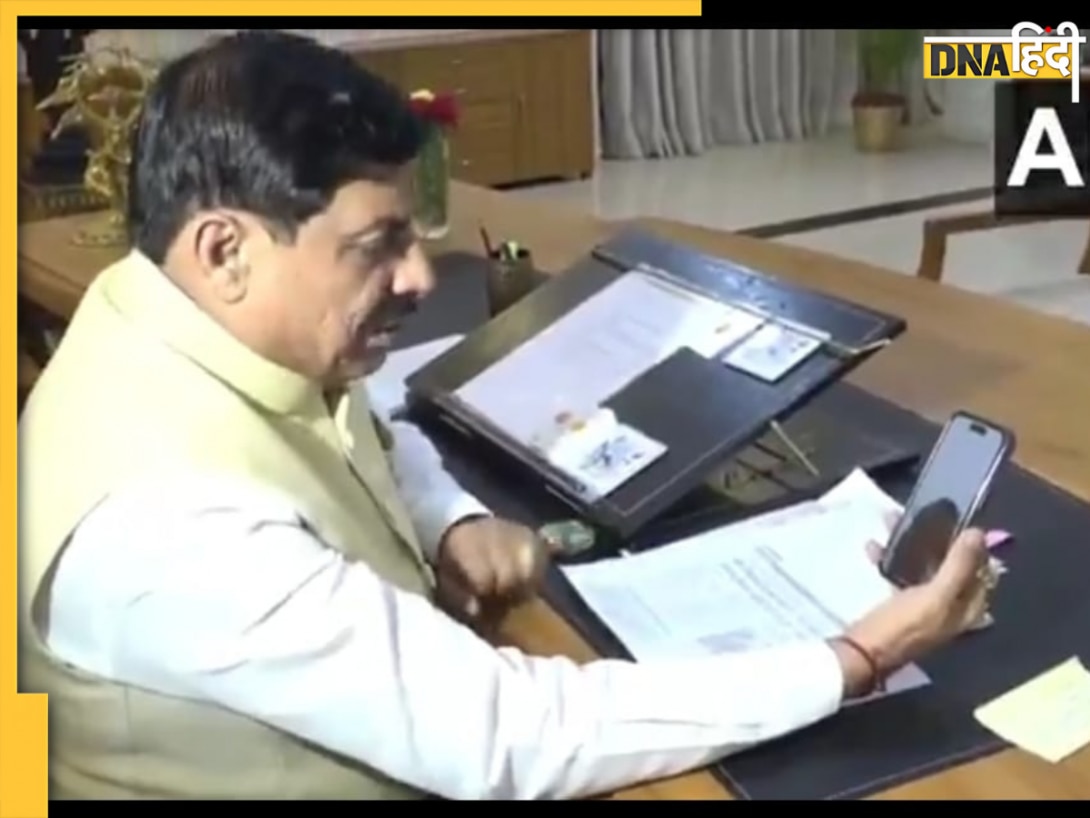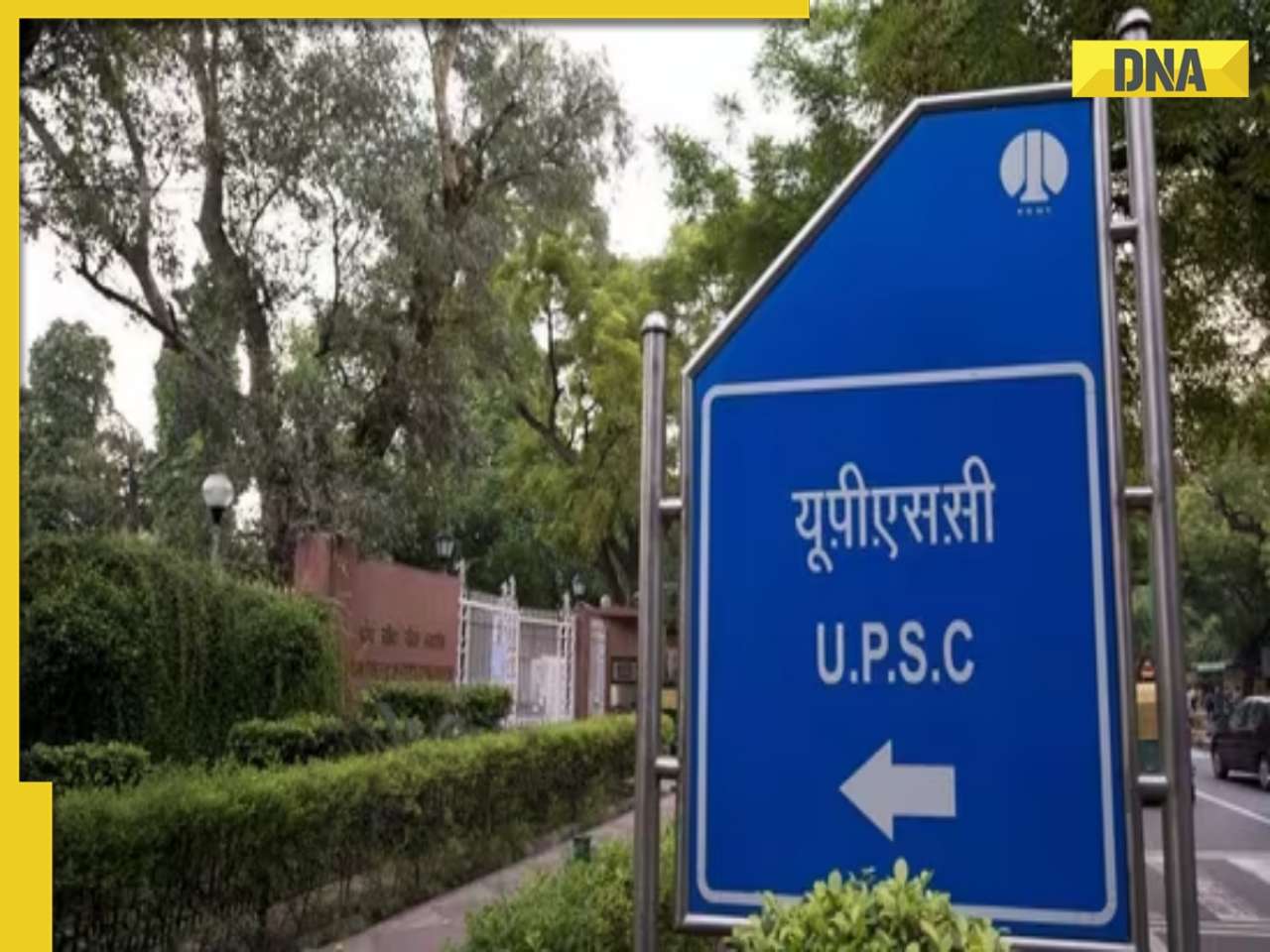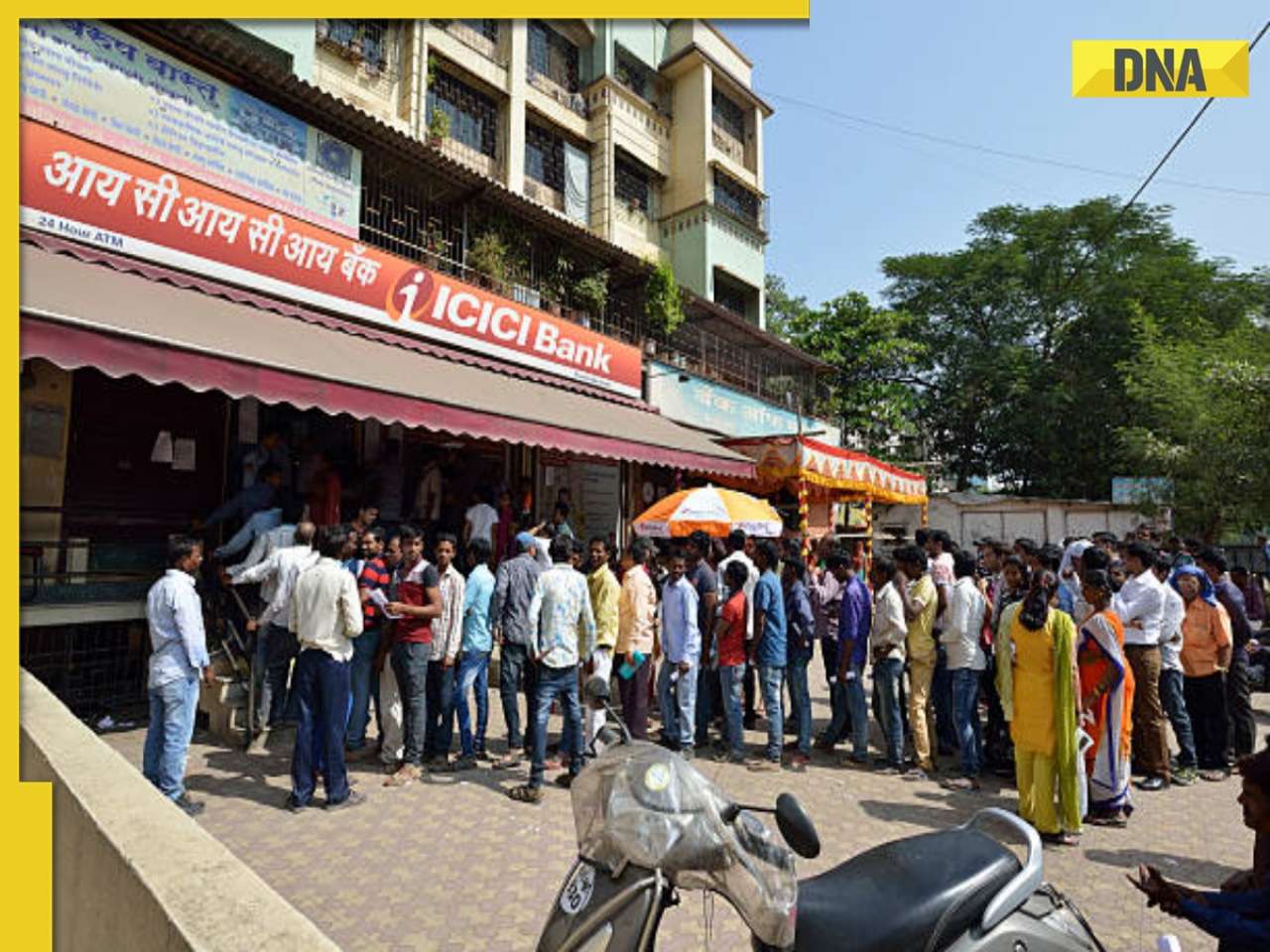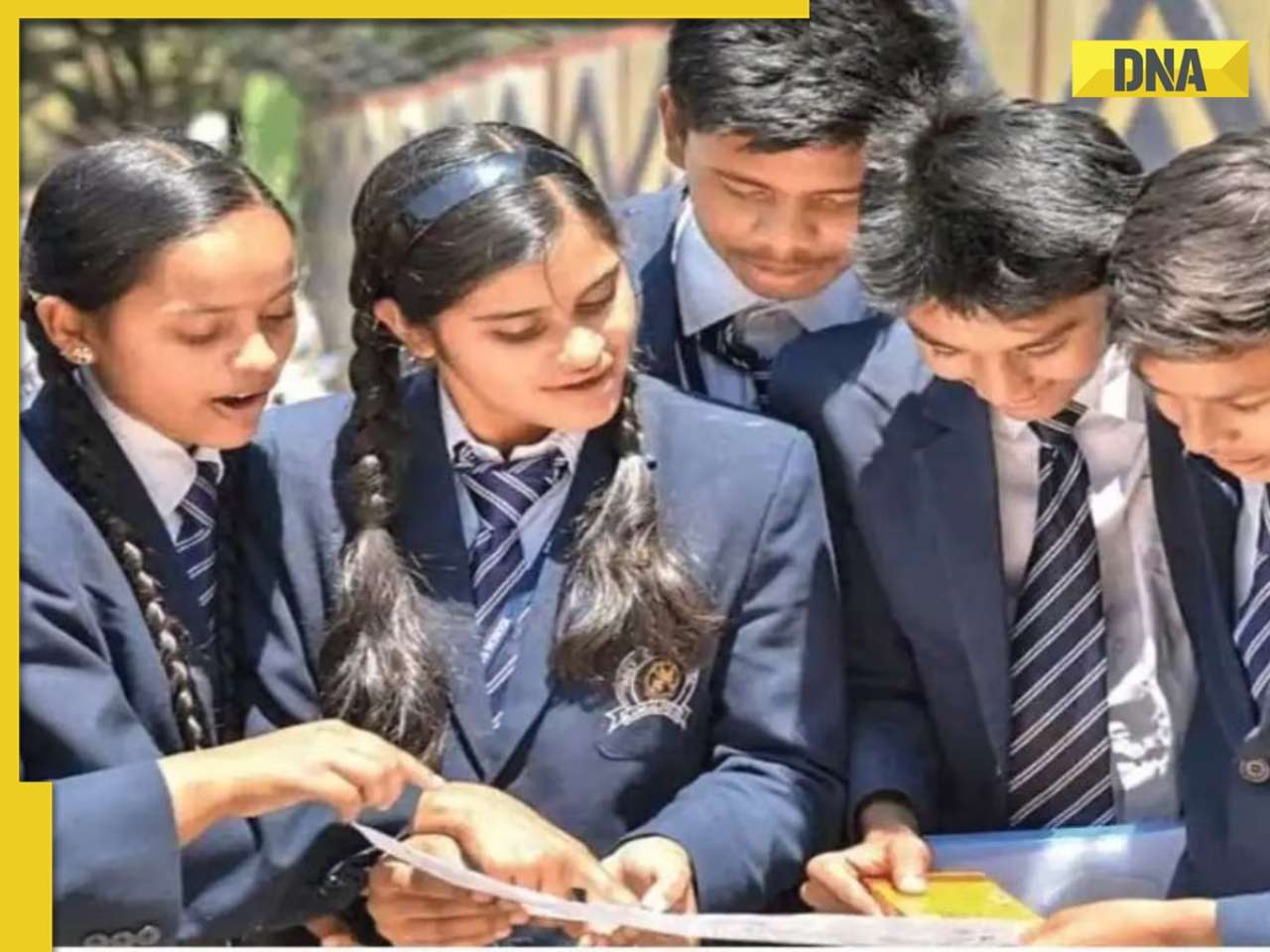- LATEST
- WEBSTORY
- TRENDING
INDIA
India's National Space Day 2024': Marking Chandrayaan-3's success of Moon landing
This achievement led to the official declaration of ‘National Space Day’, highlighting India’s advancements in space exploration.
TRENDING NOW
India is all set to celebrate its first ‘National Space Day’ on Friday (August 23). This day is meant to honour the success of the Chandrayaan-3 mission, marking a key moment in India’s space journey. On August 23, 2023, India became the fourth country to land on the Moon and the first to touch down at a site, called ‘Shiv Shakti Point’, near its southern pole.
Significance of ‘National Space Day’
This achievement led to the official declaration of ‘National Space Day’, highlighting India’s advancements in space exploration. It also reflects the commitment of, and efforts by, the Indian Space Research Organisation’s (ISRO’s) team of scientists and engineers towards advancements in space exploration. The day has been planned to inspire youngsters to take up careers in the fields of STEM to help shape India’s journey to the stars.
India’s Moon Mission: Proud Moment
In August, last year, the climax of the last 20 minutes of ‘terror’ during the descent of Chandrayaan-3’s Vikram lander, carrying the Pragyan rover, held the entire nation in awe. When the lander safely touched down on the lunar surface, it sparked waves of relief and celebration at the Indian space agency’s mission control.
Six other bids to make a soft landing failed. Russia’s Luna 25 mission crashed just two days before India’s successful Moon landing last year. Earlier, in April that year, the United Arab Emirates mission, Lunar, carrying a Japanese-made lander, also crashed.
Dr S Somanath, Chairman of ISRO, reminisced about the triumph of the Chandrayaan-3 mission with NDTV, saying he had had no doubts about their success from the very beginning. He expressed his ease during the mission and shared the joy his team had felt at the achievement.
India’s successful Chandrayaan-3 mission, surpassing countries with larger space budgets, marked a significant moment following the setback of Chandrayaan-2 in 2019. Dr Somanath emphasised that the approximately Rs 700 crore spent on Chandrayaan-3 was a worthwhile investment. In recognition of the Chandrayaan-3 achievement, the scientists and engineers involved in the mission were honoured with the inaugural Rashtriya Vigyan Puraskar.
Moreover, the mission exceeded its original objectives, with the Chandrayaan-3 team conducting an unplanned ‘hop experiment’ and successfully bringing the propulsion module back into Earth’s orbit in a challenging manoeuvre. ISRO insiders suggested that Chandrayaan-2 had failed because it was rushed and the robot sent to the Moon was not tested enough due to political pressure. Important technical issues had been ignored in the process, they claimed.
Chandrayaan-3 underwent significant design improvements, including new control software that allowed for a safe landing even in case of unexpected problems.
ISRO plans to conduct several Moon missions at the site near the lunar south pole where Chandrayaan-3 landed. The ‘Shiv Shakti Point’ has attracted worldwide attention because there is a possibility it holds frozen water. The US is also interested in this region as part of its Artemis programme, which aims to establish a permanent human presence on the Moon.
Dr Somanath highlighted that Chandrayaan-4 would pave the way for a bigger goal: building an active space ecosystem, launching human space flights, establishing a space station and sending an Indian astronaut to the Moon by 2040. India, initially, made its mark on the Moon with Chandrayaan-1 and, now, landing an Indian on the Moon would be a remarkable milestone for a space programme known for being cost-effective and dependable. The dream of ‘Chandamama’ is now closer than ever before.
India’s 25-Year Space Expansion Plan
India has set its eyes on a 25-year plan for its space sector. The country plans hold a much larger share of 10% of the global space economy by 2035. It is currently only 2%. Dr Somanath expects India’s space economy to increase from $9 billion (₹76,500 crore) to $45 billion (₹3.8 lakh crore) over the coming 10 years, with significant contribution from the private sector. As of today, the worldwide space economy amounts to $630 billion (₹53.6 lakh crore).
A recent ISRO study showed that the economic benefits of India’s space programmes were 2.5 times bigger than the investment, translating into billions of dollars. This means that, for every rupee spent, the return is much higher. Additionally, these missions have generated jobs and employment opportunities for hundreds of thousands of people.
This highlights how investing in space exploration not only advances science, but also significantly boosts the economy and provides livelihood to many. These space missions have also developed support systems that benefit fishermen, agriculture, crop forecasting, natural resources management and disaster prevention. As the nation celebrates the first anniversary of the historic Chandrayaan-3 landing, ISRO will make the mission’s data accessible to the public.
India now has over 200 startups in the field—some focusing on building rockets, others on satellites and many working on applications, according to Dr Somanath. The Indian Space Association (ISPA) is actively encouraging private companies to join India’s space industry. They believe that cooperation between the government and private businesses will drive innovation and growth. AK Bhatt, director-general of ISPA, emphasised the need for collaboration among academia, industry and research institutions to boost innovation and technological progress.
In terms of technology transfer, Dr Somanath highlighted that ISRO was sharing not only manufacturing techniques but also knowledge of how things were done. He mentioned the importance of private companies working closely with ISRO to learn these techniques. He mentioned that ISRO was seeking a strong partnership with the private sector, considering such factors as manufacturing capabilities and financial stability. Companies interested in technology transfer will need to pay a fee for this service.
(The author of this article is a Defence, Aerospace & Political Analyst based in Bengaluru. He is also Director of ADD Engineering Components, India, Pvt. Ltd, a subsidiary of ADD Engineering GmbH, Germany. You can reach him at: girishlinganna@gmail.com)
Disclaimer: The views expressed above are the author's own and do not reflect those of DNA)
Find your daily dose of news & explainers in your WhatsApp. Stay updated, Stay informed- Follow DNA on WhatsApp.







)
)
)
)
)
)
)
)
)
)
)
)
)
)
)
)
























































